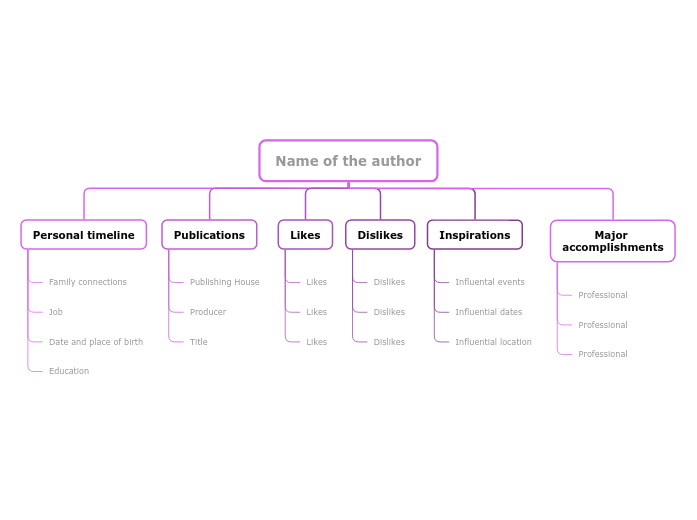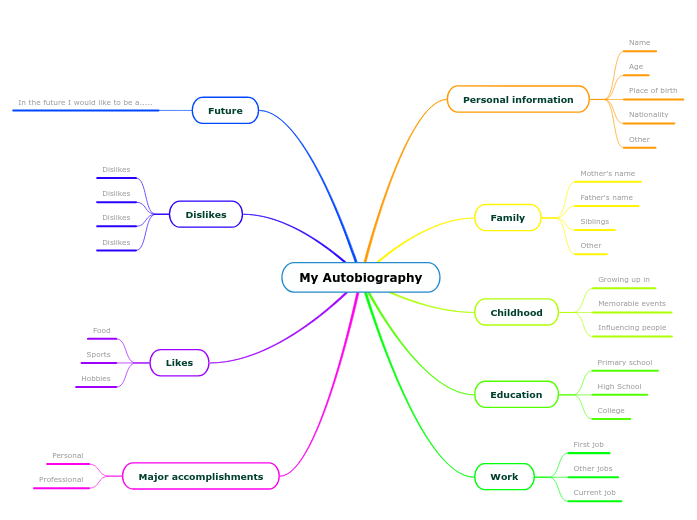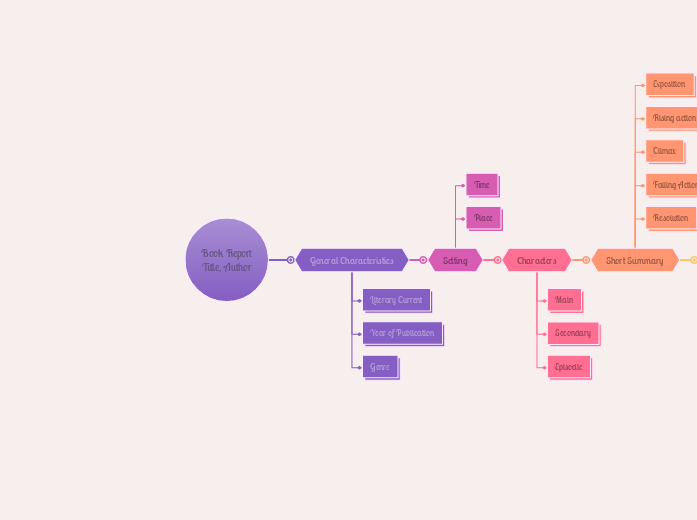Types of conflict in a story
Learn about the conflict in a story. There are 6 types of conflicts. Give examples of conflict in literature and in the real world.
The 6 types of conflicts are:
Person against a person
Person against nature
Person against self
Person against society
Person against supernatural
Person against technology
By giving examples, you will learn more about them.
6 types of conflicts
in a story
Conflict is present everywhere in the world around us. We experience conflict on a daily basis, and it can be minor or major.
Conflict in a story is a struggle between opposing forces. Characters must act to confront those forces and there is where conflict is born. If there is nothing to overcome, there is no story. Conflict in a story creates and drives the plot forward.
4. Person against society
In this type of conflict, a character must take on society itself, and not a single person. The character stands at odds with societal norms and realizes the necessity to work against these norms. This is an external conflict.
Give examples of man versus society conflict in the real world.
A loner struggling to fit in at school
Give examples of man versus society conflict in a literary work.
J. D. Salinger - The Catcher in the Rye
5. Person against supernatural
This situation results from a protagonist working against what has been foretold for that person. While this conflict was more prevalent in stories where gods could control fate, such as in ancient Greek dramas, there are still examples of this type of conflict in more contemporary literature.
Example of superstitions
Since in real life we can't say that such examples of man versus supernatural, there are some superstitions that can influence a person's life.
Give examples of these superstitions.
Superstitions
Black cat crossing your path
Give examples of man versus fate conflict in a literary work.
Daniel Defoe - Robinson Crusoe
6. Person against technology
A more contemporary type of conflict, this situation results from humans involved in a struggle with man-made machines. This is an external conflict.
Example of technology affecting lives
As this conflict is more science fiction based, in real life we can't find such examples.
However, as technology became a big part of our lives there are some situations that man made machines affects our lives.
Find such examples.
Technology
Factory machine malfunction
Give examples of man versus machine conflict in a literary work.
Arthur C. Clarke - 2001: A Space Odyssey
3. Person against self
This conflict develops from a protagonist’s inner struggles and may depend on a character trying to decide between good and evil or overcoming self-doubt. This conflict has both internal and external aspects, as obstacles outside the protagonist's force them to deal with inner issues.
Give examples of man versus self conflict in the real world.
A stutterer preparing for a public speech
Give examples of man versus self conflict in a literary work.
William Shakespeare - Hamlet
2. Person against nature
In this type of conflict, a character is tormented by natural forces such as storms or animals. This is also an external conflict.
Give examples of man versus nature conflict in the real world.
Trying to summit Mount Everest
Give examples of man versus nature conflict in a literary work.
Ernest Hemingway - The Old Man and the Sea
1. Person against person
A situation in which two characters have opposing desires or interests. The typical scenario is a conflict between the protagonist and antagonist. This is an external conflict.
Example of real world
Give examples of man versus man conflict in the real world.
Conflict of real world
A divorcing couple
Example of literary work
Give examples of man versus man conflict in a literary work.
Literary Work
Agatha Christie - And Then There Were None








